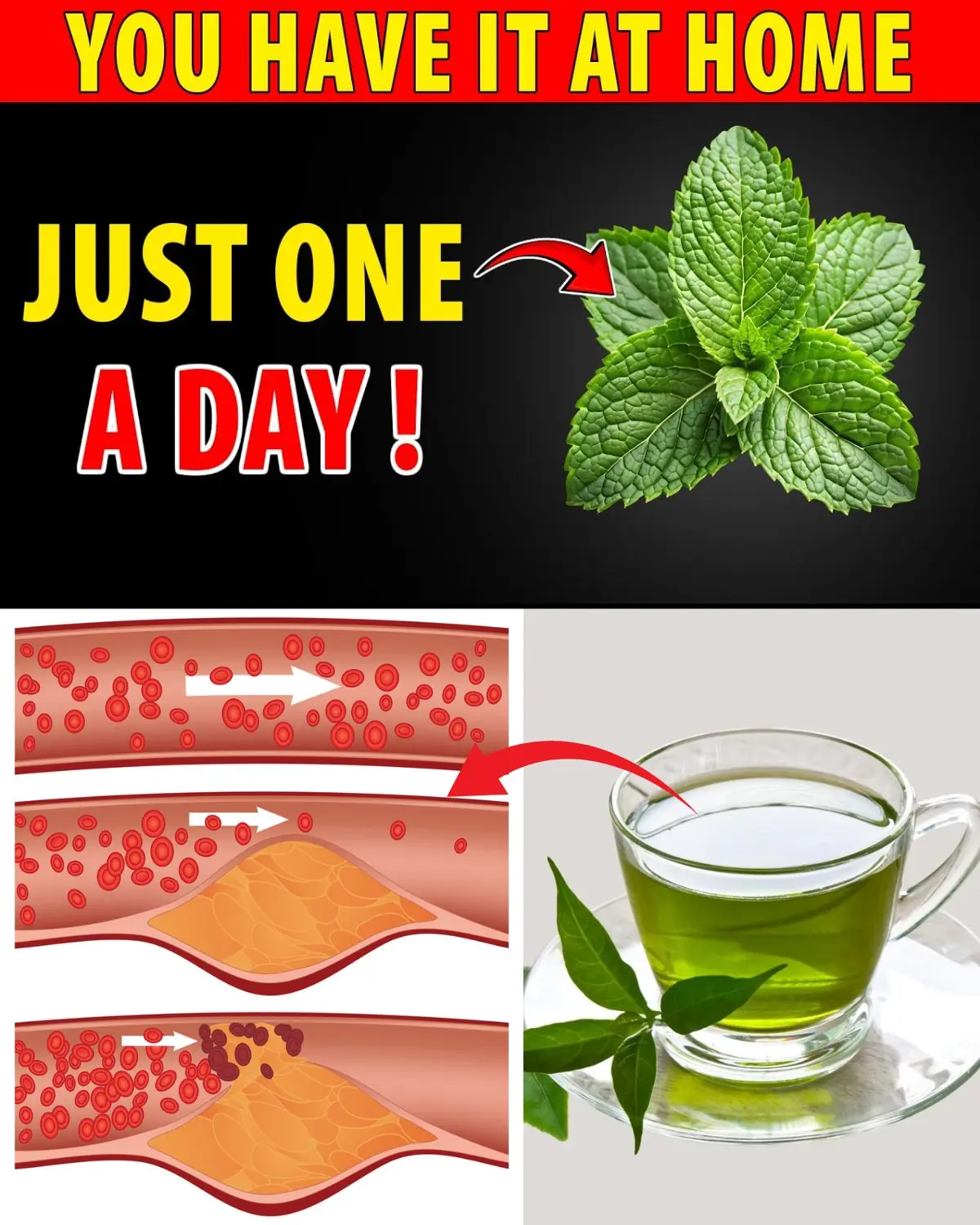
This Vitamin Could Help Reduce Blood Clot Risk in Your Legs – Seniors, Here’s What You Need to Know
Imagine slipping on your favorite slippers for a morning walk, but a sharp ache in your calf stops you cold. At 72, that nagging pain in your legs isn’t just fatigue—it’s a sign of deep vein thrombosis (DVT), a blood clot that could travel to your lungs. Scary, right? Now picture discovering a simple nutrient that might support your body’s natural defenses against such clots. Vitamin D, the sunshine vitamin, has been linked in studies to lower clot risks. For seniors, where DVT strikes 1 in 1,000 annually, this could be empowering knowledge. But does it really “dissolve” clots? Let’s unpack the science and see how it might fit your routine. Ready to step lighter?
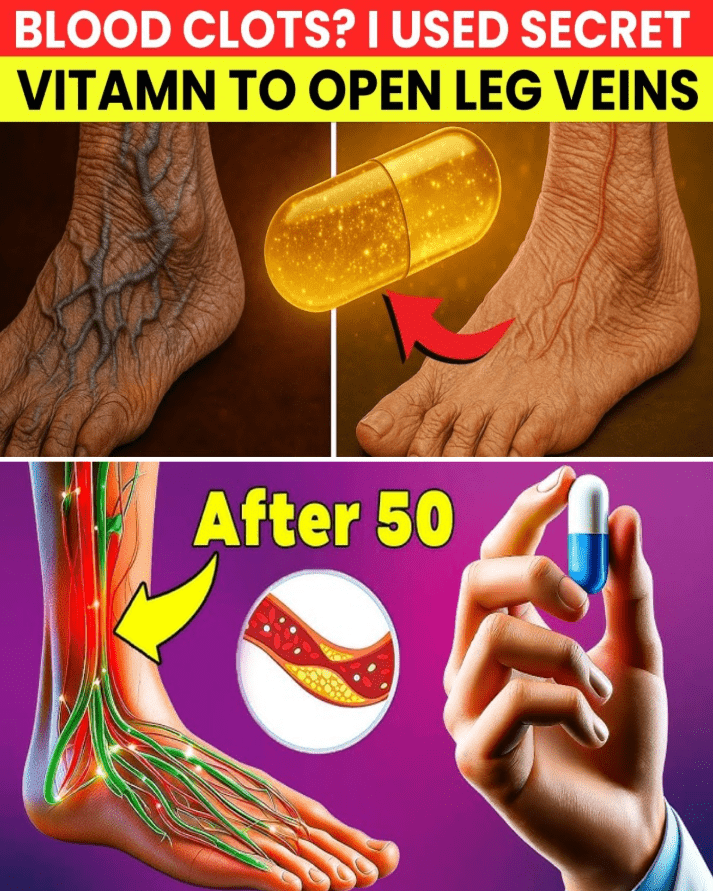
The Sneaky Threat of Blood Clots in Seniors
Blood clots in the legs, or DVT, form when blood thickens and pools, often in deep veins of the calf or thigh. Swelling, warmth, and that telltale pain can mimic a cramp, but ignoring it risks pulmonary embolism—a clot breaking loose to block lung arteries. The CDC warns that over 900,000 Americans face venous thromboembolism yearly, with seniors over 65 at double the risk due to slower circulation and less mobility. You might think, “I’m active enough,” but even short hospital stays or long sits can trigger it. Frustrating, isn’t it? What if optimizing vitamin D levels could tip the scales in your favor? The connection might surprise you.
Why Vitamin D? Your Body’s Hidden Clot Fighter
Vitamin D isn’t just for bones—its active form, calcitriol, influences blood vessels and clotting factors. Low levels, common in 50% of seniors per the National Institutes of Health, correlate with higher DVT odds. Research suggests vitamin D may calm inflammation and support vessel health, potentially easing clot formation. But “dissolve”? Studies show it might help prevent or reduce risks, not magically break existing clots—that’s for medical treatments like blood thinners. Curious how it plays out in real legs? Let’s meet someone whose story echoes many.
1. Reduced Clot Risk: A Protective Shield
Recall Margaret, 68, who felt her legs swell after a knee surgery, her doctor diagnosing DVT. “I panicked—clots run in my family,” she shared, the tight ache stealing her sleep. Testing revealed low vitamin D; supplementing under guidance brought levels up, and follow-ups showed no new clots. A 2014 study in the International Journal of General Medicine linked low 25(OH)D to higher idiopathic DVT risk in lower extremities. Margaret’s walks returned clot-free. You might wonder, “Does it work for everyone?” Evidence varies, but the shield feels real. The next benefit soothes from within.
2. Anti-Inflammatory Edge: Calming Vein Irritation
Ever notice your legs throb after sitting too long, like an inner fire? Vitamin D’s anti-inflammatory powers may cool that. Tom, 70, battled chronic leg fatigue, his veins feeling “on edge.” Boosting D via sunlight and supplements eased the burn. A 2023 meta-analysis in Complementary Therapies in Medicine found low vitamin D tied to increased VTE risk, with supplementation potentially mitigating inflammation. Tom’s strides lengthened, pain fading. But there’s more—how it teams with gender differences.
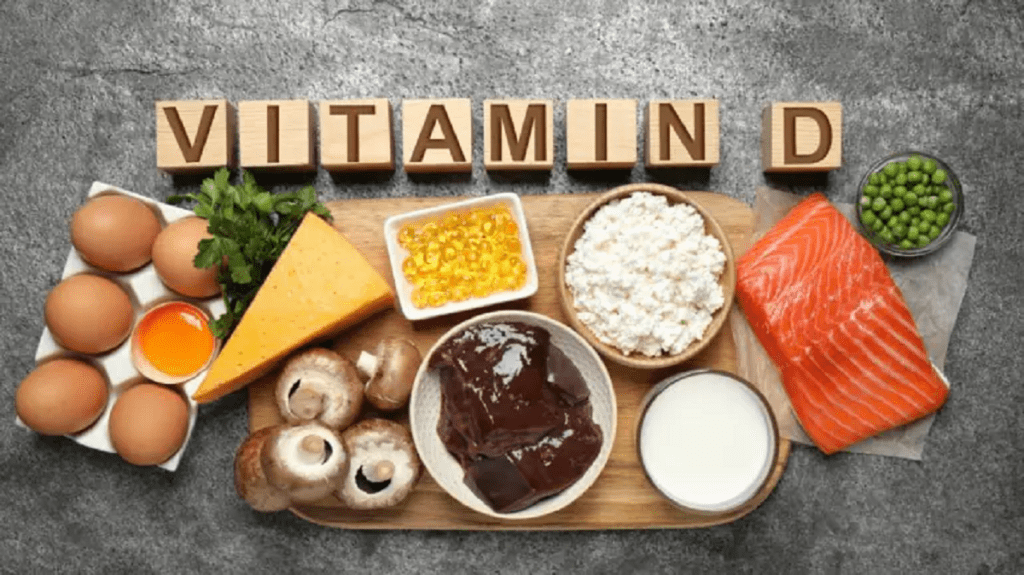
3. Gender Insight: Why Women May Need Extra Vigilance
Picture Linda, 75, post-stroke, her legs swelling unexpectedly. “As a woman, I felt singled out,” she said, the clot diagnosis hitting hard. Studies show females face higher DVT risks, possibly amplified by low vitamin D. A 2021 Frontiers in Nutrition study highlighted vitamin D’s role in gender disparities for DVT in stroke patients. Linda’s levels rose with monitored intake, stabilizing her veins. Intrigued? The next layer strengthens vessels.
4. Vessel Support: Keeping Blood Flowing Smoothly
Weak veins invite clots, especially in aging legs. John, 66, hobbled from poor circulation, his calves tight. “It felt like my legs were betraying me,” he admitted. Vitamin D’s role in endothelial health emerged in his research. Emerging data from a 2019 PMC review suggests vitamin D modulates thrombosis pathways, potentially fortifying vessel walls. John’s daily D helped; his flow improved. But wait—the clot pathway tweak is fascinating.
5. Clot Pathway Modulation: Nature’s Balancer
Clots form via tangled proteins; vitamin D may untangle risks. Sarah, 69, feared recurrence after her first DVT, the leg pain a constant shadow. Guided supplementation balanced her factors. A 2019 Endocrine Connections study showed vitamin D influencing thrombin generation and fibrin structure, hinting at less sticky clots. Sarah’s scans cleared up. Skeptical about daily boosts? The final perk empowers overall.
6. Holistic Leg Vitality: Beyond Just Clots
What if vitamin D revived your whole lower body? Robert, 71, integrated it after a scare, feeling “grounded” again. From better mobility to fewer aches, it wove in. A 2021 IntechOpen chapter detailed vitamin D’s anticoagulant effects in thrombosis pathogenesis. Robert’s legs thanked him with steady steps. Life-altering? For many, yes. Now, how to harness it safely.

Why Vitamin D Fits Seniors’ Lives
You might think, “Sunshine vitamin for clots? Too simple.” Yet, low D is rife in seniors from less outdoor time and dietary gaps, per a 2021 ASH abstract on VTE. It doesn’t dissolve clots but may lower formation risks by 10-20% in deficient folks, per meta-analyses. Margaret and Tom saw shifts after doctor chats. Key? Test levels first—aim for 30-50 ng/mL. Ready to glow from within? Here’s your guide.
Your Safe Vitamin D Roadmap for Leg Health
Boosting D is straightforward, but pair it with medical advice. Get a blood test, then aim for 600-800 IU daily from food, sun, or supplements. Mayo Clinic stresses consulting pros for DVT history. Track with a journal—note leg comfort weekly.
| Source | Daily Boost | Leg Benefit Potential |
|---|---|---|
| Sunlight | 10-30 min midday exposure | Supports vessel health, reduces inflammation |
| Fatty Fish | 3 oz salmon (400 IU) | Omega-3 synergy for clot prevention |
| Fortified Milk | 1 cup (100 IU) | Easy absorption for seniors |
| Supplements | 1,000-2,000 IU (if deficient) | Targets low levels linked to DVT |
| Eggs | 1 yolk (40 IU) | Gentle daily add-in |
| Step | How-To | Safety Tip |
|---|---|---|
| Test Levels | Blood draw at doc’s office | Baseline before supplementing |
| Daily Intake | Mix sources; e.g., fish twice weekly | Avoid excess—over 4,000 IU risks toxicity |
| Monitor Legs | Note swelling/pain; ultrasound if needed | Pair with movement, not as sole fix |
| Re-Test | Every 3-6 months | Adjust based on results |
- Start Gentle: 15 minutes sun-walking, building tolerance.
- Food First: Salmon salads or fortified yogurt for flavor.
- Expert Input: Always loop in your doctor—DVT needs pros.
You might ponder, “Will it prevent my clots?” Studies suggest potential risk reduction, not guarantees. A 2021 São Paulo Medical Journal case-control tied low D to DVT odds. Margaret’s doc tailored hers—yours next?
From Ache to Ease: Real Senior Stories
Margaret’s before: Swollen, painful legs post-surgery, low D at 15 ng/mL. After 3 months: Levels at 40, no clots, walks unhindered. Tom’s shift: Chronic irritation to calm veins, energy up. A 2019 BMRAT study echoed lower DVT/PE in sufficient groups. But “Too late for me?” No—recent 2024 MDPI updates affirm ongoing benefits. Focus on prevention.
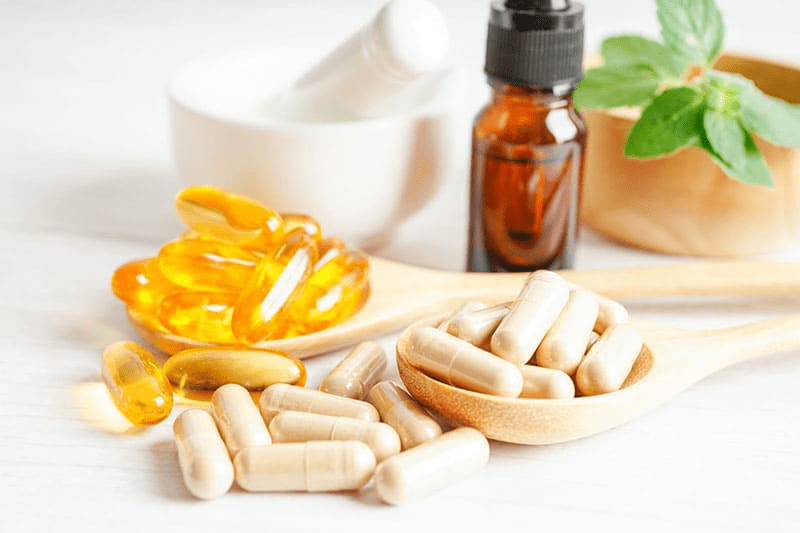
Sidestep the Scare: Your Next Move
Don’t let clot fears chain your legs. Imagine skipping family hikes or wincing at every step. Vitamin D may lower DVT risks via anti-inflammation and vessel support—test, boost, thrive. Get levels checked tomorrow, chat with your doc, and bask in safe sun. Picture pain-free paths ahead. Share this with a leg-weary pal—knowledge walks together.
P.S. Pair D with calf stretches for double clot defense!
This article is for informational purposes only and is not a substitute for professional medical advice. Readers are encouraged to consult their healthcare provider for personalized guidance.
News in the same category

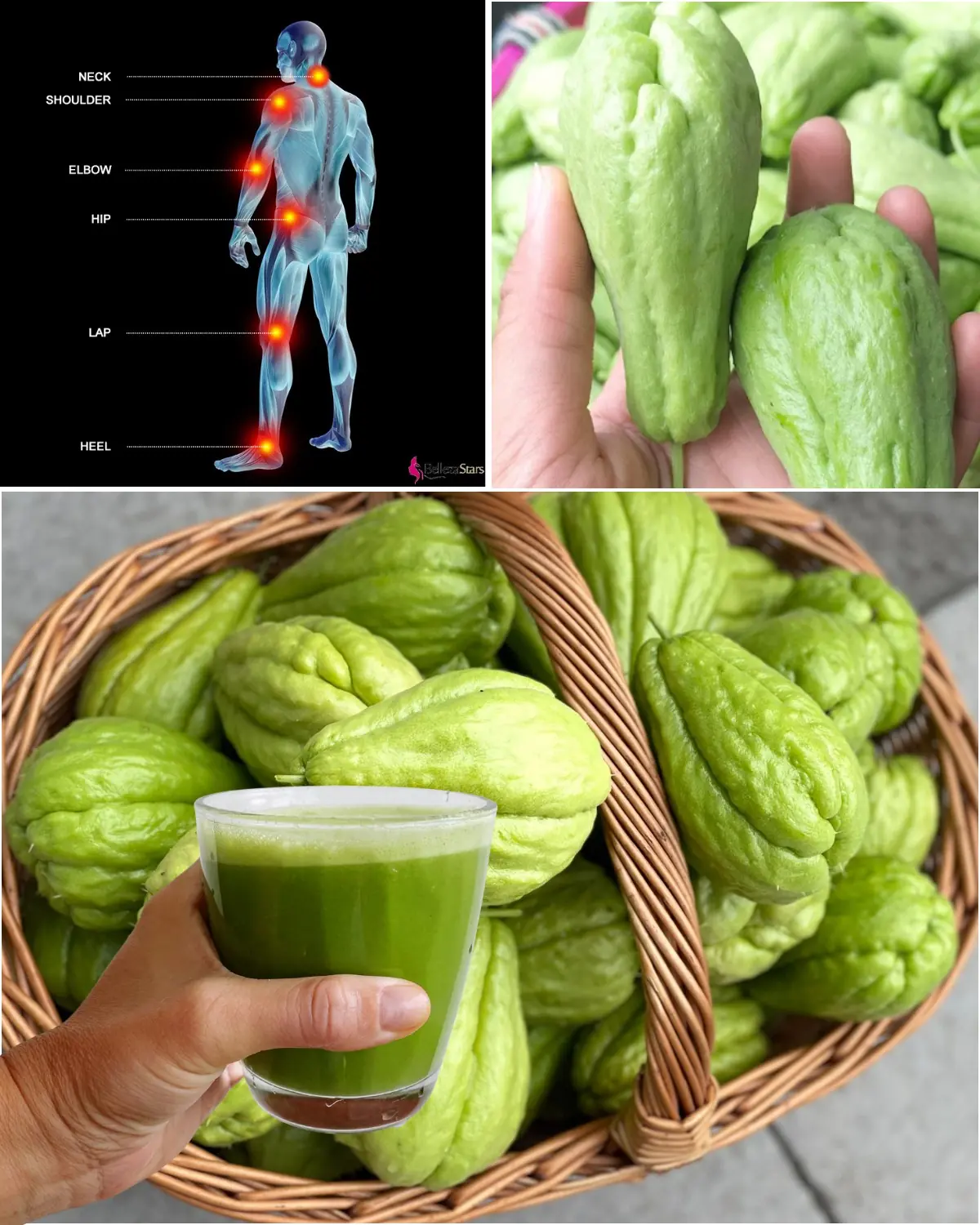
Chayote Juice: Unlock Natural Support for Joints and Bones
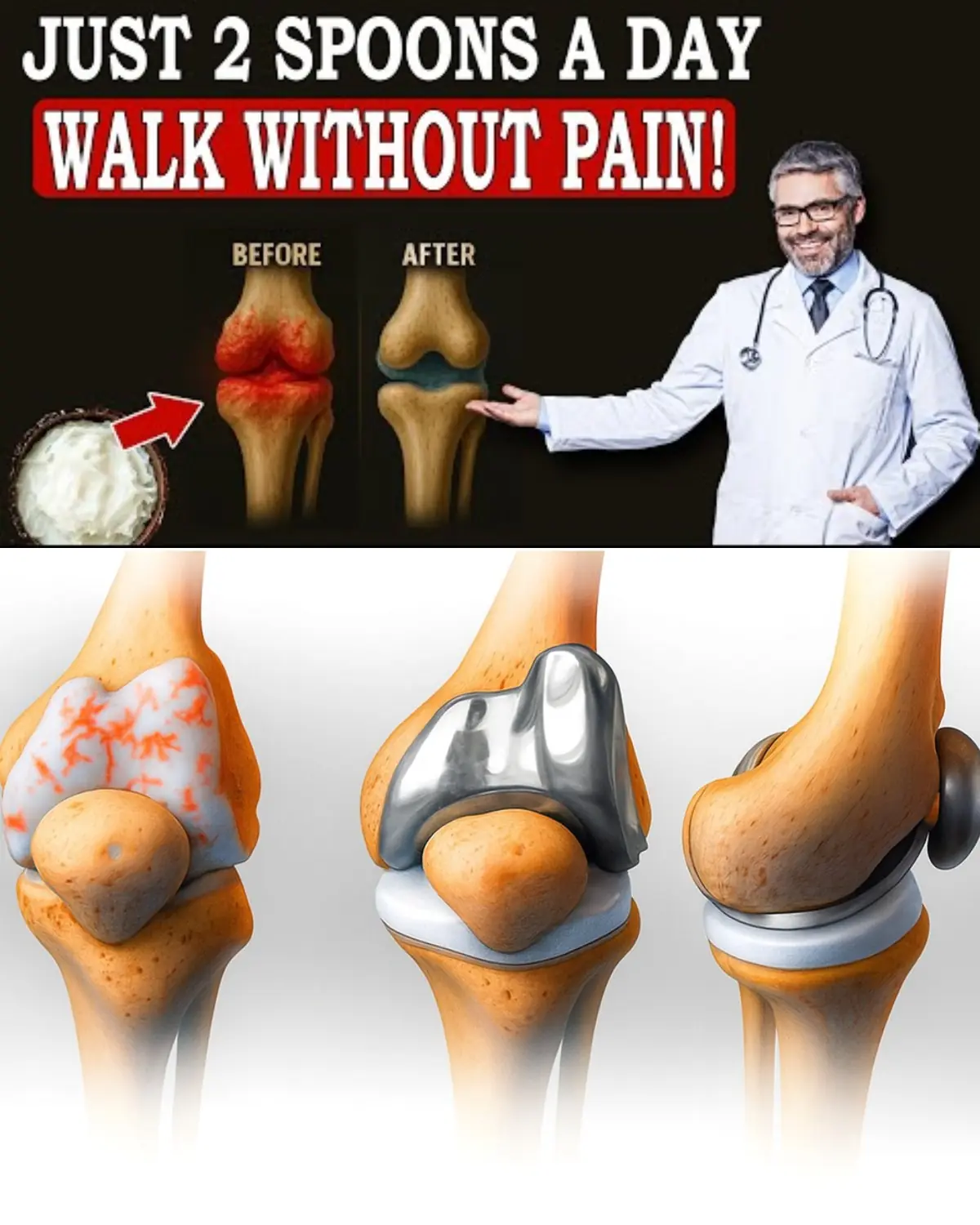
Debunking the Hype: Can One Food Really Rebuild Knee Cartilage Overnight?
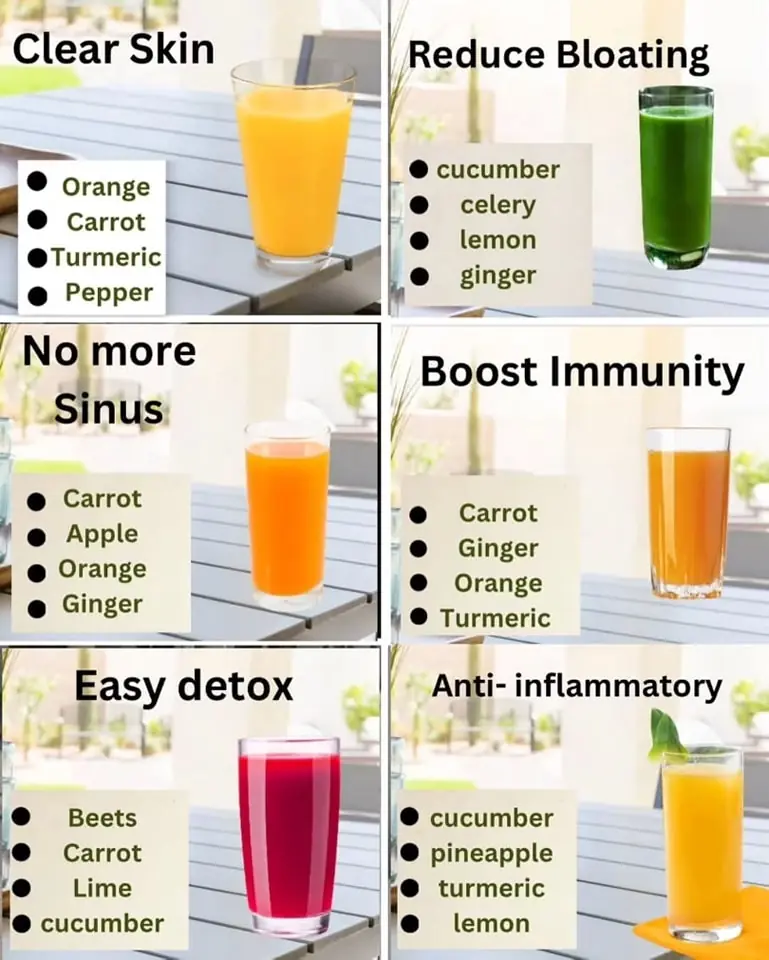
6 Healthy Detox Juice Recipes for Wellness & Vitality
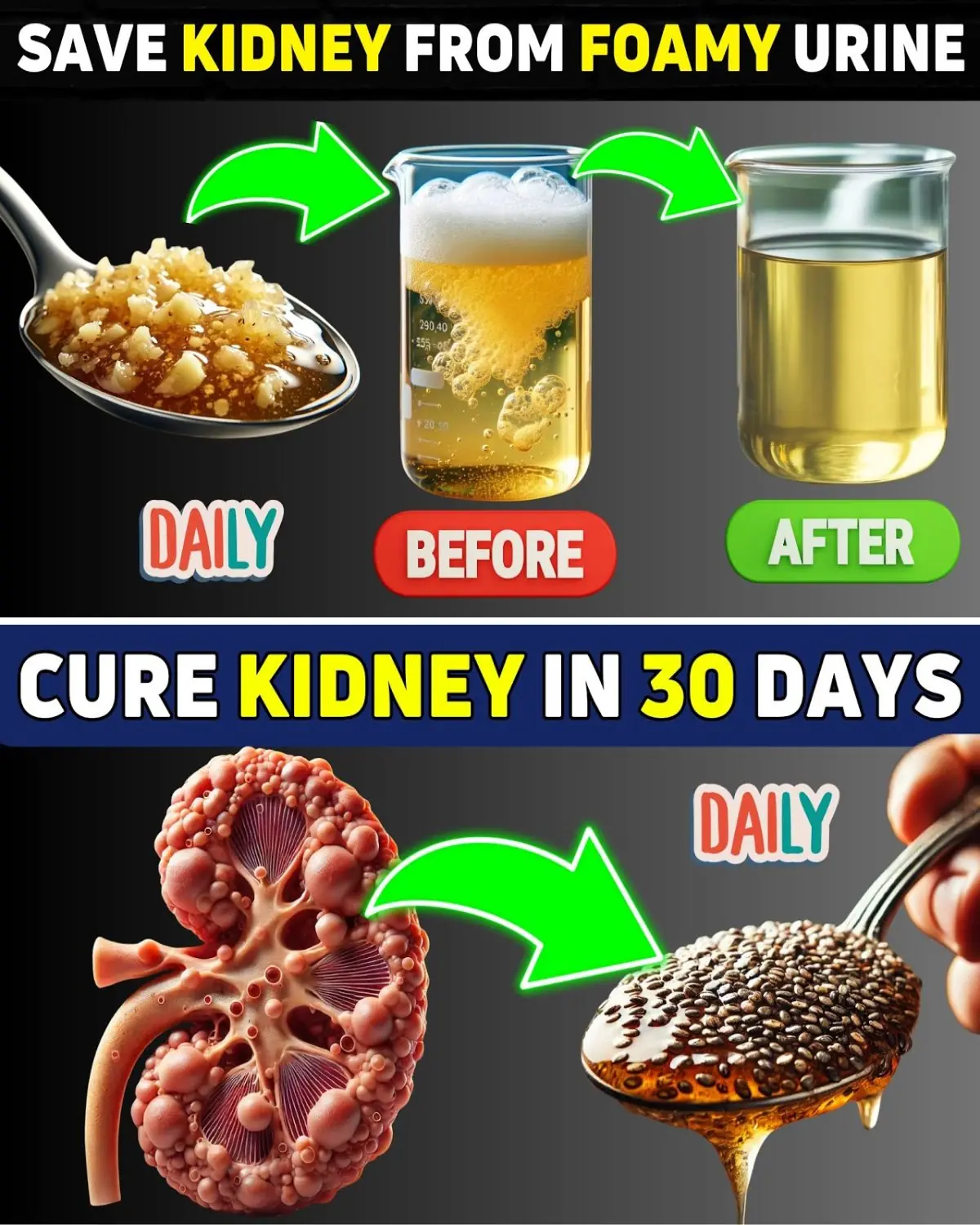
Top 10 Superfoods That May Help Reduce Proteinuria and Support Kidney Health

Miracle Mix: Castor Oil and Baking Soda for 15 Astonishing Health Benefits
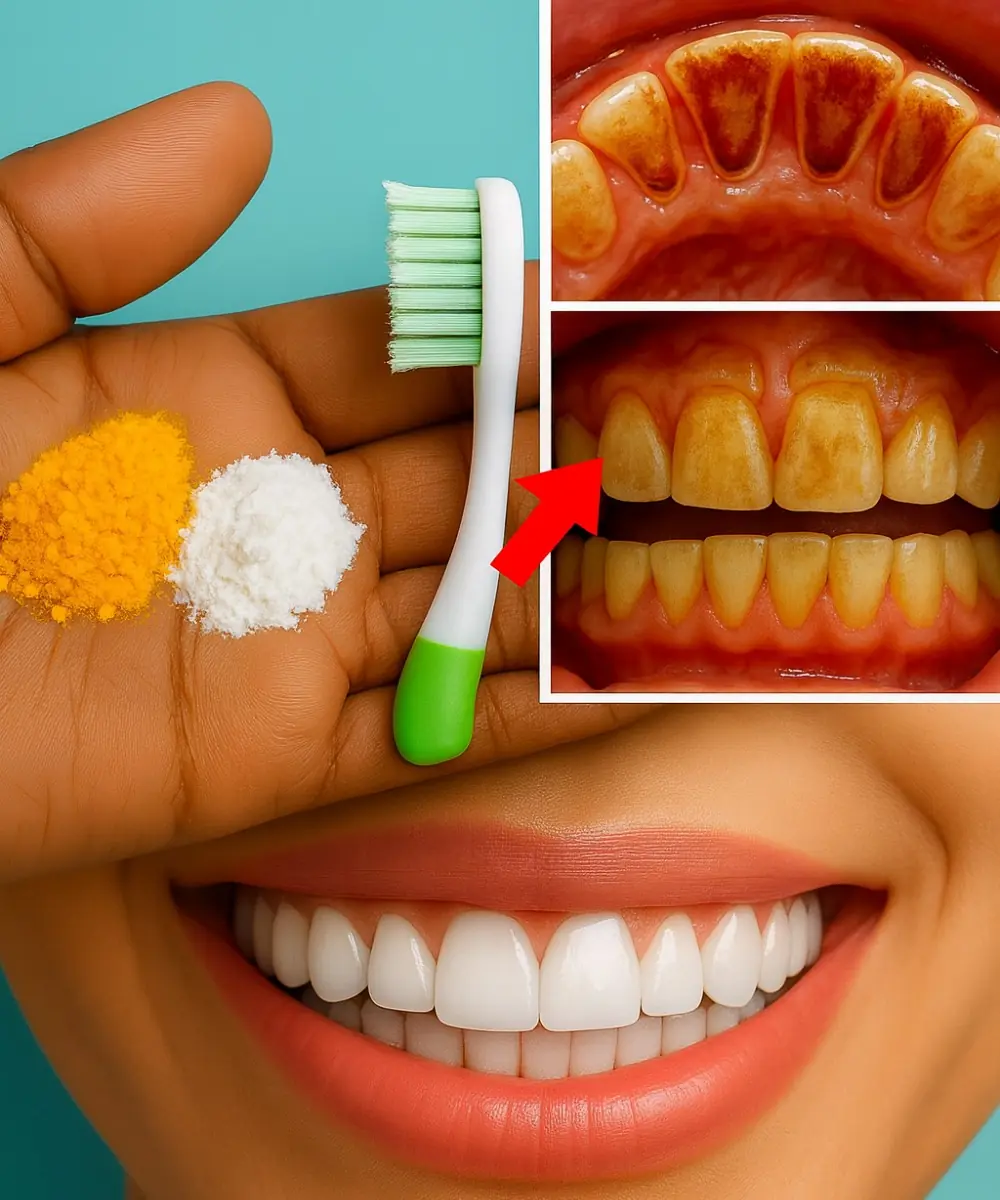
Sparkle Like Never Before: 7 Natural Teeth-Whitening Secrets to Transform Your Smile ✨

Can Papaya Leaves Turn Gray Hair Black? Nature’s Secret to Youthful, Vibrant Locks!
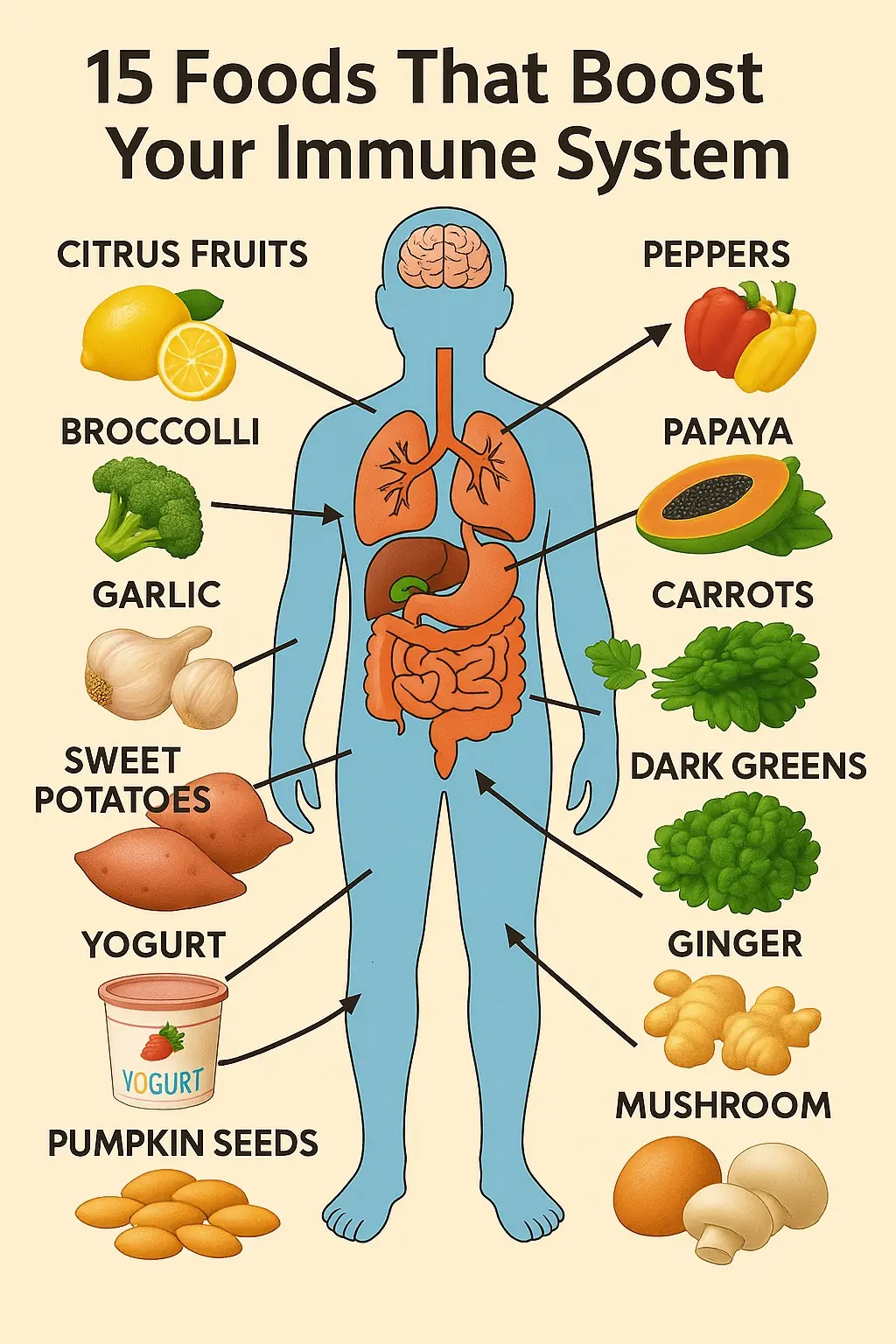
Supercharge Your Defenses: 15 Mouthwatering Foods to Skyrocket Your Immunity Today
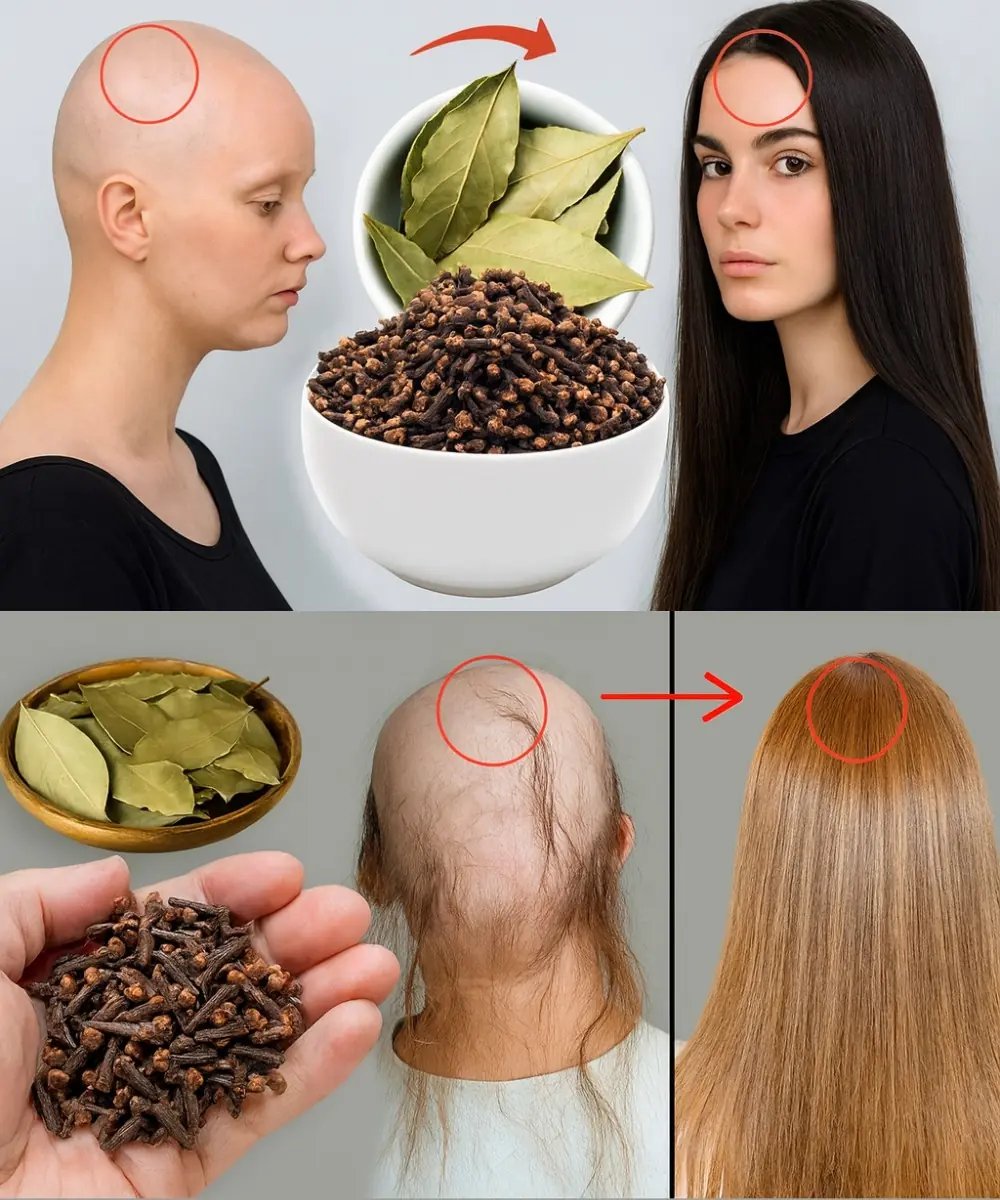
Unlock Thicker Hair in 30 Days: The Clove and Bay Leaf Secret You’ll Wish You Knew Sooner
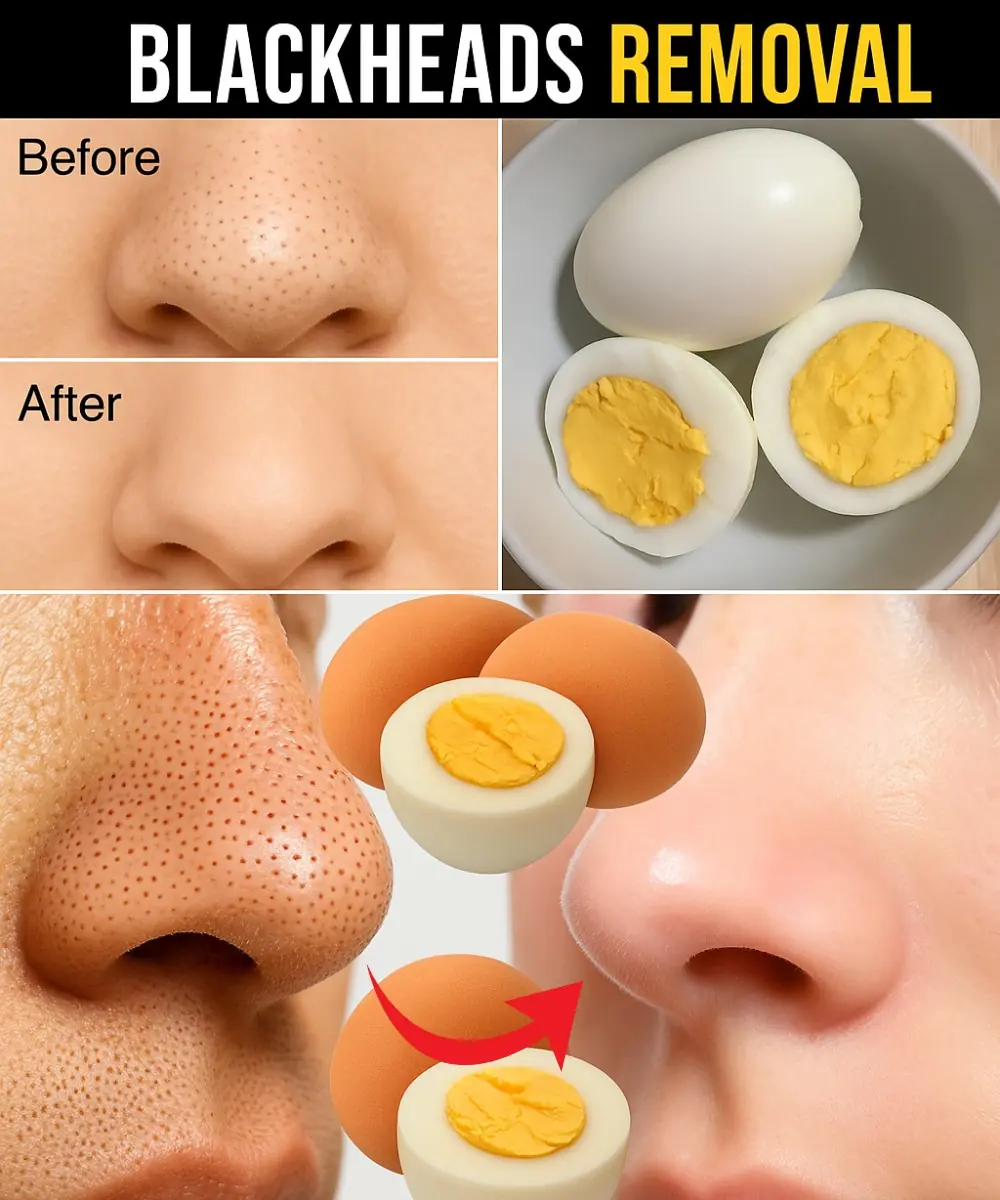
Banish Blackheads with One Egg – The Ultimate Natural Secret Revealed!
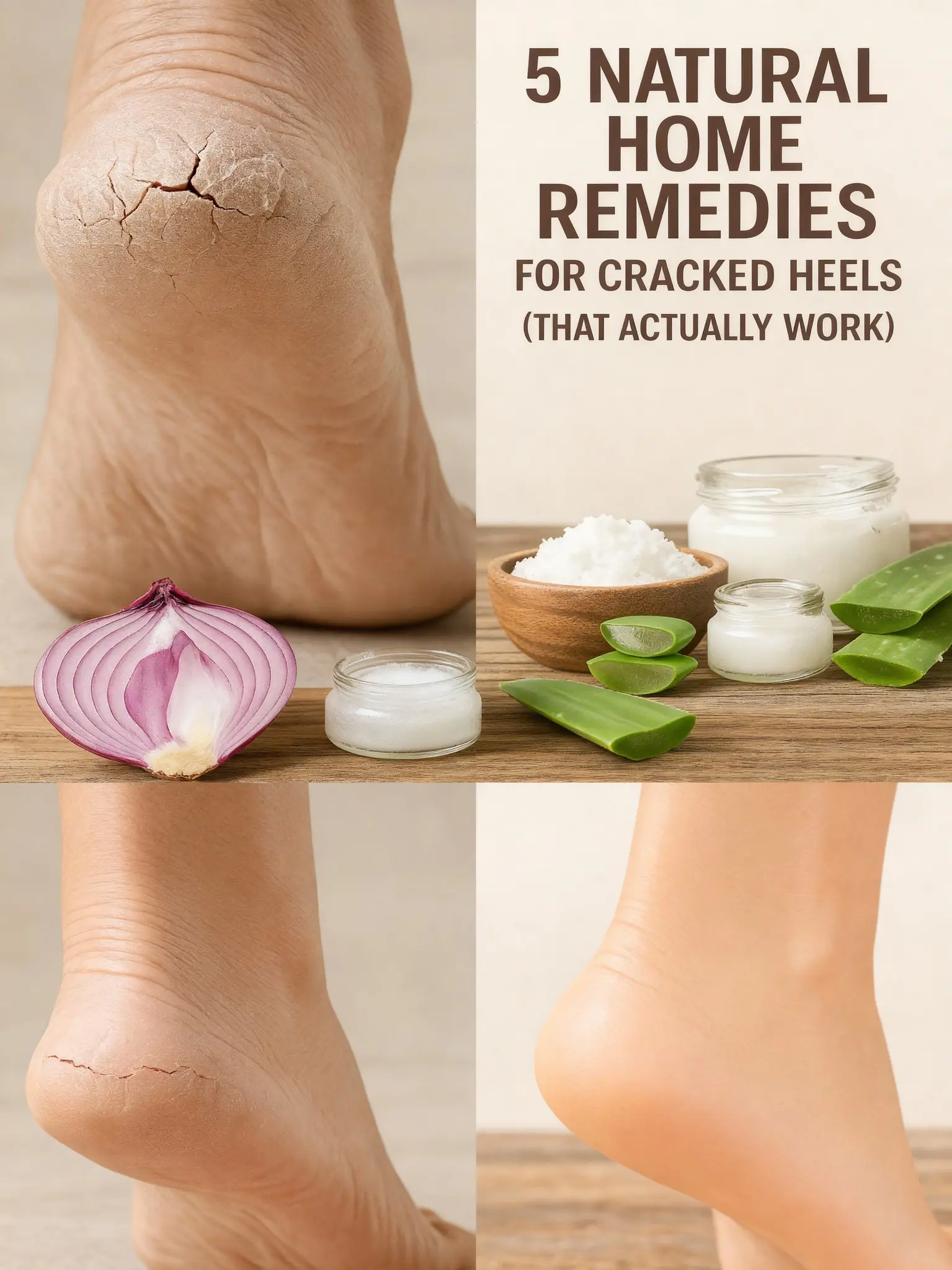
Smooth Feet in Days: 5 Natural Home Remedies for Cracked Heels That Really Work!

Nature’s Ultimate Elixir: Unlock the Power of Bitter Kola, Coconut Water, and Alligator Pepper
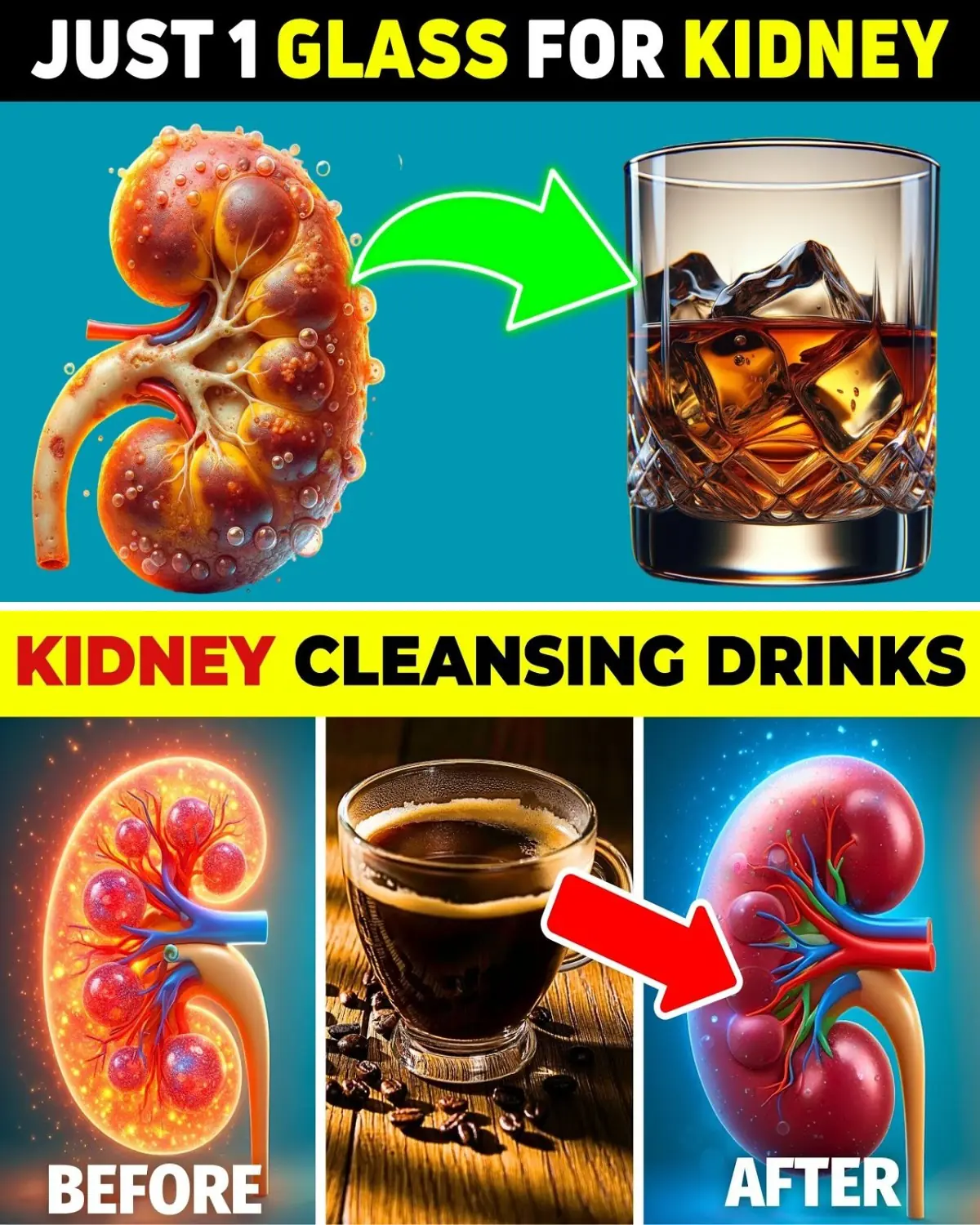
6 Natural Drinks to Boost Your Kidney Health Naturally
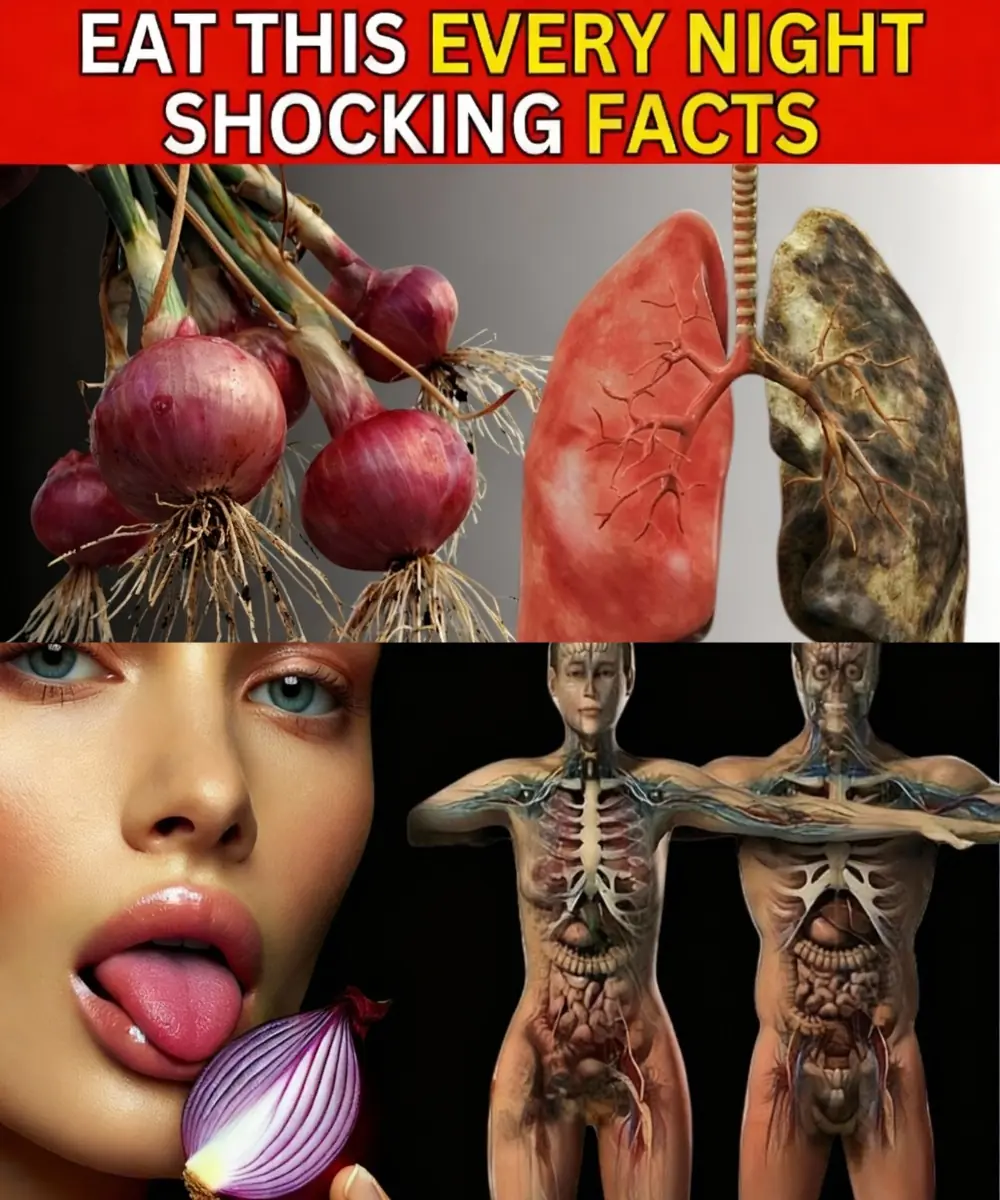
Onions Unveiled: The Humble Kitchen Staple That’s Secretly a Wellness Superstar
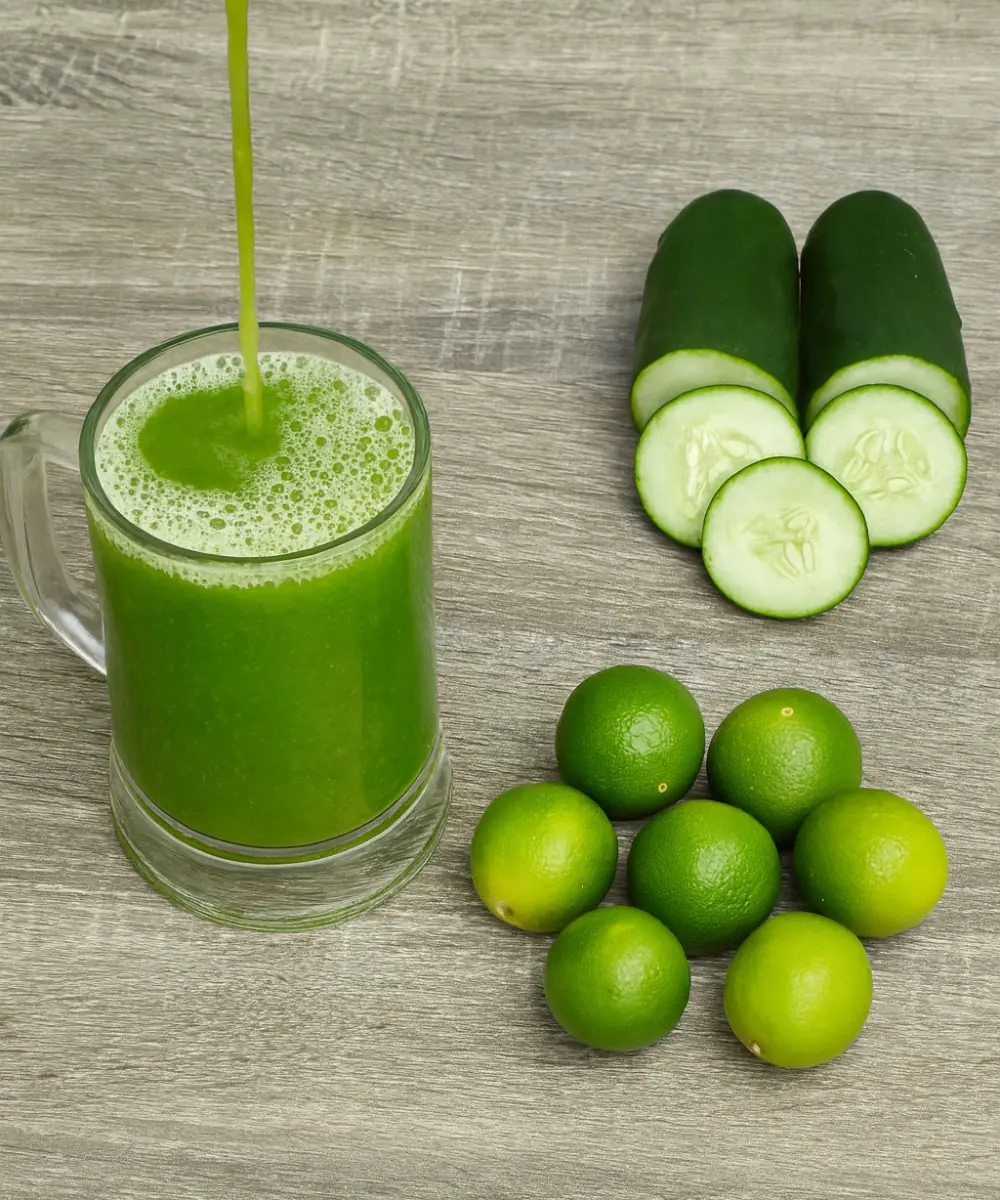
Eliminate Bloating, Urinary Infections, and Fatty Liver with This Natural Drink
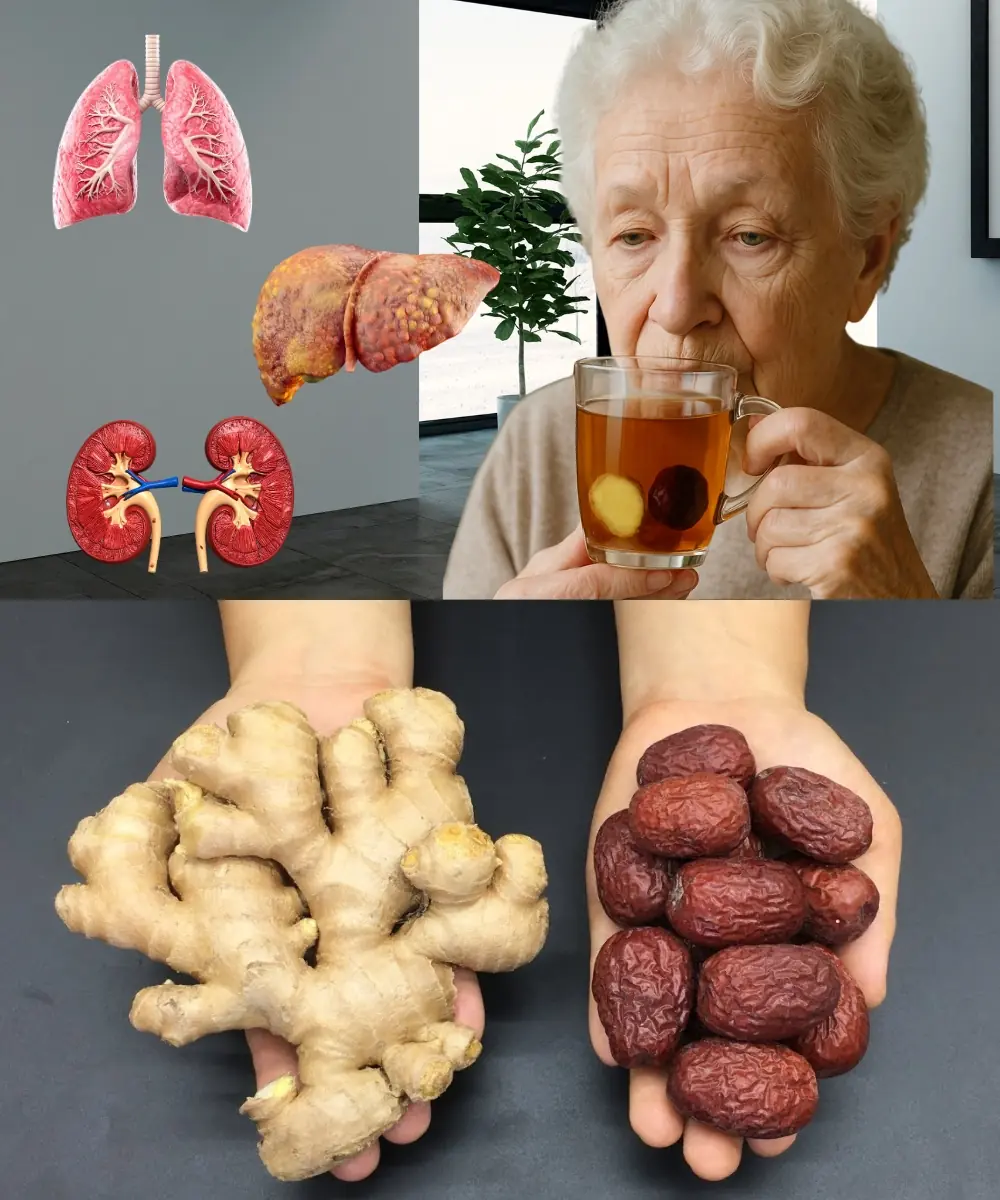
Ginger and Red Date Tea: The 97-Year-Old Grandma’s Secret Longevity Drink
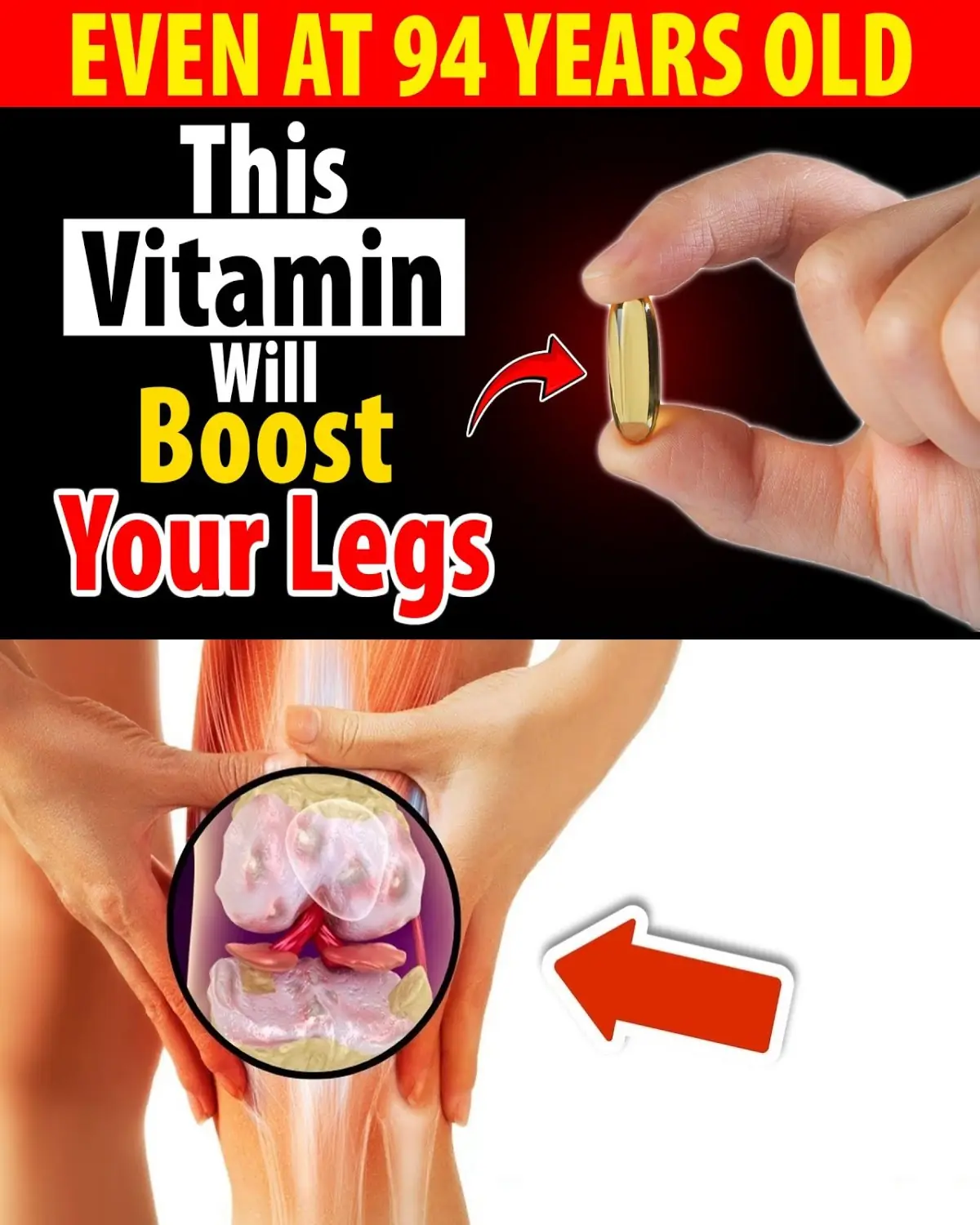
Every Morning Joint Pain? These 3 Vitamins Could Ease Your Days
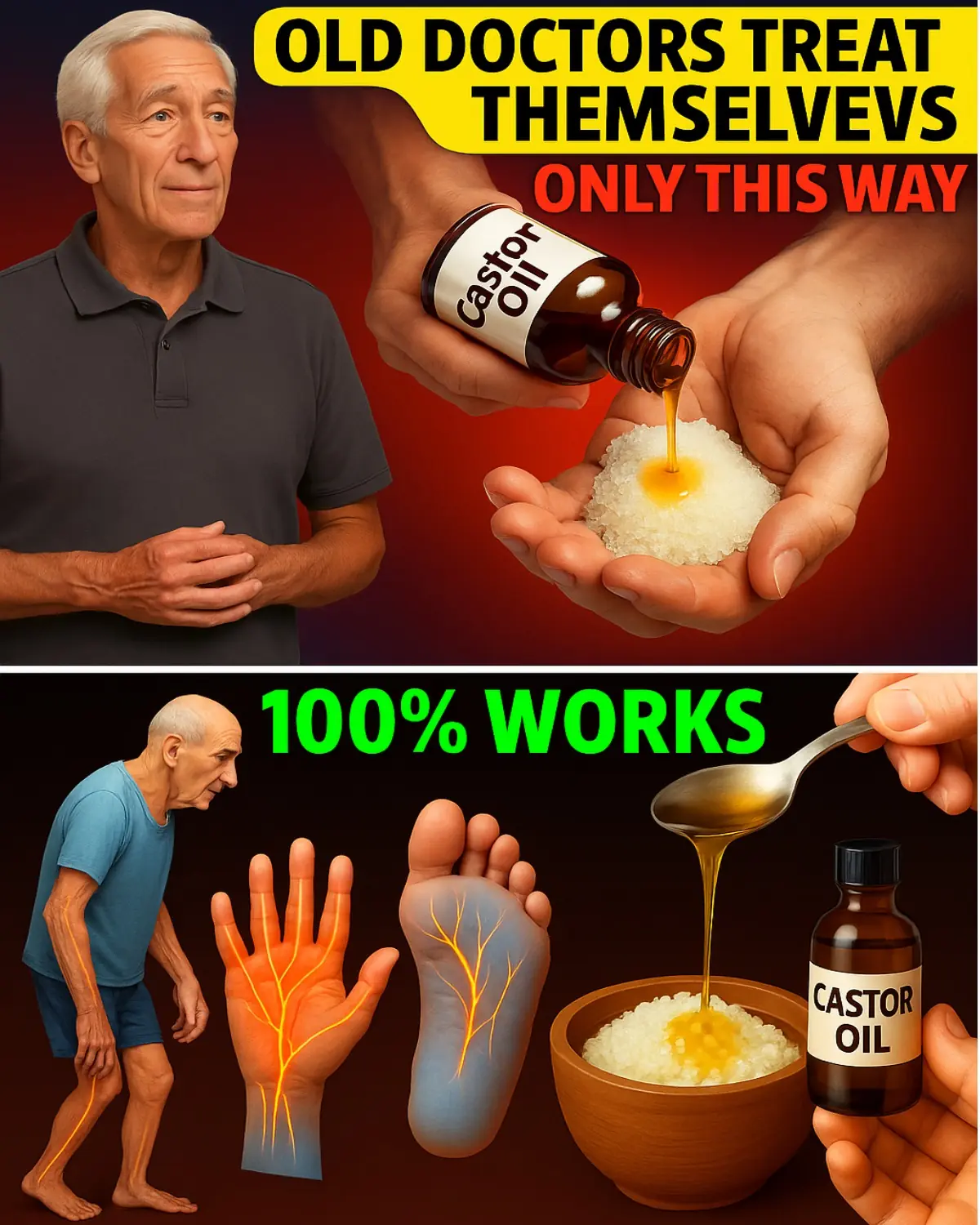
Old Doctors’ Secret: Rub Castor Oil and Epsom Salt Here to Ease 13 Everyday Aches!
News Post

Europe to Replace Passport Stamps with Biometric Entry/Exit System Starting October 12, 2025

The Science Behind Why Putting Something Cold Under Your Arms Can Calm You Down

What it means when your partner turns away after making love

Miracle Alert! 1 Leaf That May Support Healthy Blood Sugar, Cholesterol, and a Trim Waist

Chayote Juice: Unlock Natural Support for Joints and Bones

Why You Shouldn’t Pour Hot Water Into the Kitchen Sink

Is It Acceptable to Wear Underwear Two Days in a Row? A Surprising Answer

Debunking the Hype: Can One Food Really Rebuild Knee Cartilage Overnight?

The Janitor Who Sent Five Children to College: A Father’s 18-Year Lesson in Sacrifice

Miss Universe Thailand’s Soda-Tab Gown: A Shining Tribute to Her Parents

6 Healthy Detox Juice Recipes for Wellness & Vitality

Top 10 Superfoods That May Help Reduce Proteinuria and Support Kidney Health

Miracle Mix: Castor Oil and Baking Soda for 15 Astonishing Health Benefits

Sparkle Like Never Before: 7 Natural Teeth-Whitening Secrets to Transform Your Smile ✨

Can Papaya Leaves Turn Gray Hair Black? Nature’s Secret to Youthful, Vibrant Locks!

Supercharge Your Defenses: 15 Mouthwatering Foods to Skyrocket Your Immunity Today

Unlock Thicker Hair in 30 Days: The Clove and Bay Leaf Secret You’ll Wish You Knew Sooner

Banish Blackheads with One Egg – The Ultimate Natural Secret Revealed!
